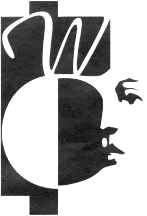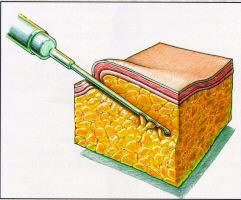For generations, people have used various techniques to improve their physical appearance. Although diet, exercise and flattering clothing styles help many look better, others remain dissatisfied because of stubborn, unsightly bulges. In women, those fat deposits occur most frequently from the waist down, on hips, buttocks and outer thighs ("saddlebags"). Fat deposits on men tend to accumulate above the waist, on the abdomen and sides of the waist ("love handles"). |
||
Several years ago, a new procedure, liposuction surgery, was perfected by a French physician. The procedure allows both men and women to improve the contours of their bodies through this relatively simple and safe technique. Liposuction surgery involves the removal of fat cells from the body and may be used alone or in conjunction with other procedures, such as facelift or "tummy tuck". It is designed for those who have specific areas of localized fat deposits who have tried unsuccessfully to eliminate them through diet, exercise and weight loss. While the procedure is not designed to correct general obesity, any area where excess fat deposits have accumulated can be treated. These include the chin, neck, jowls, cheeks, arms, inner and outer thighs, buttocks, knees, hips and abdomen. Men with gynecomastia (enlarged breasts) can also benefit from this technique. |
||


